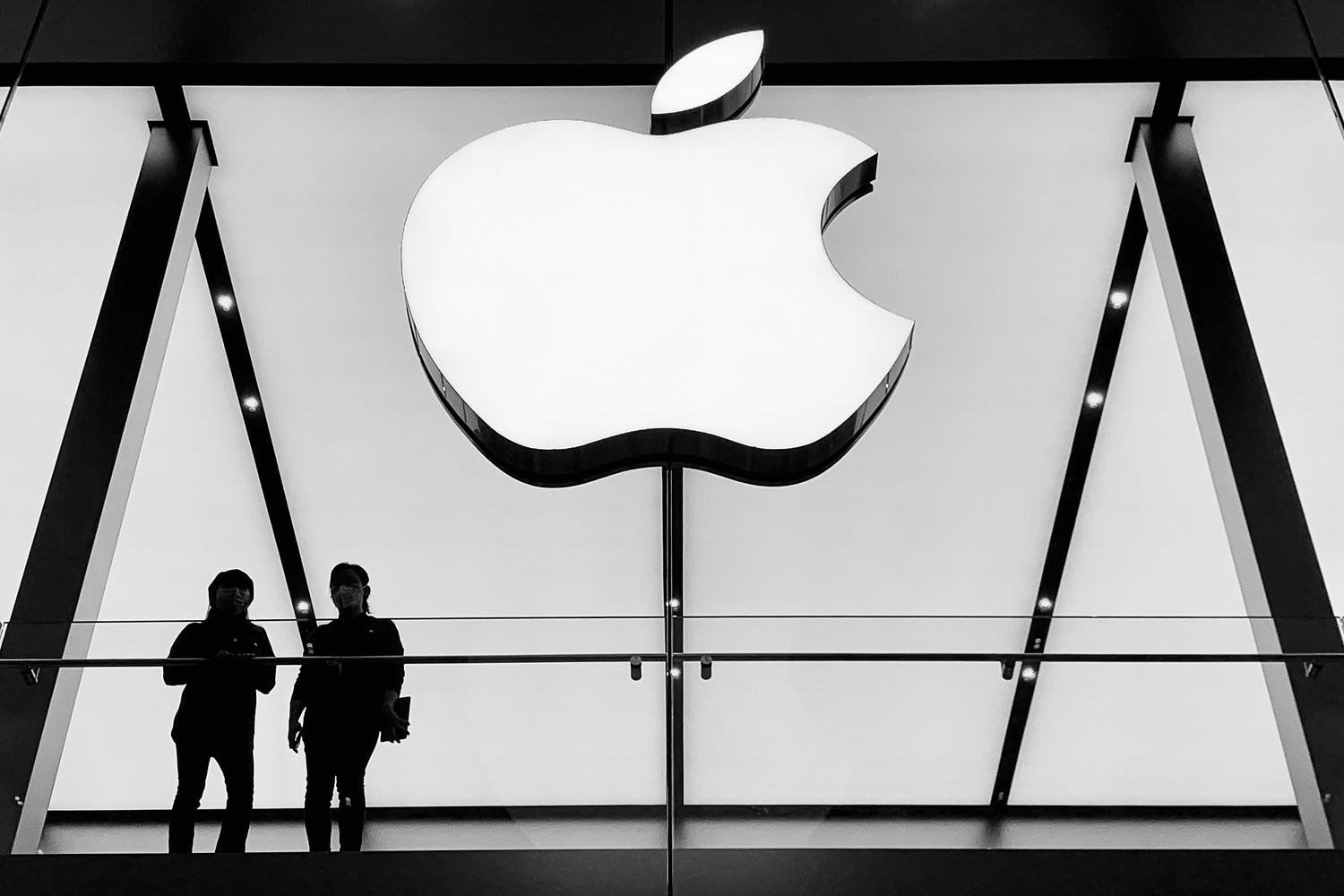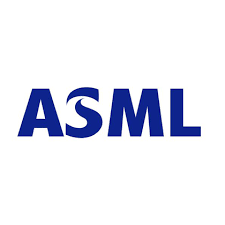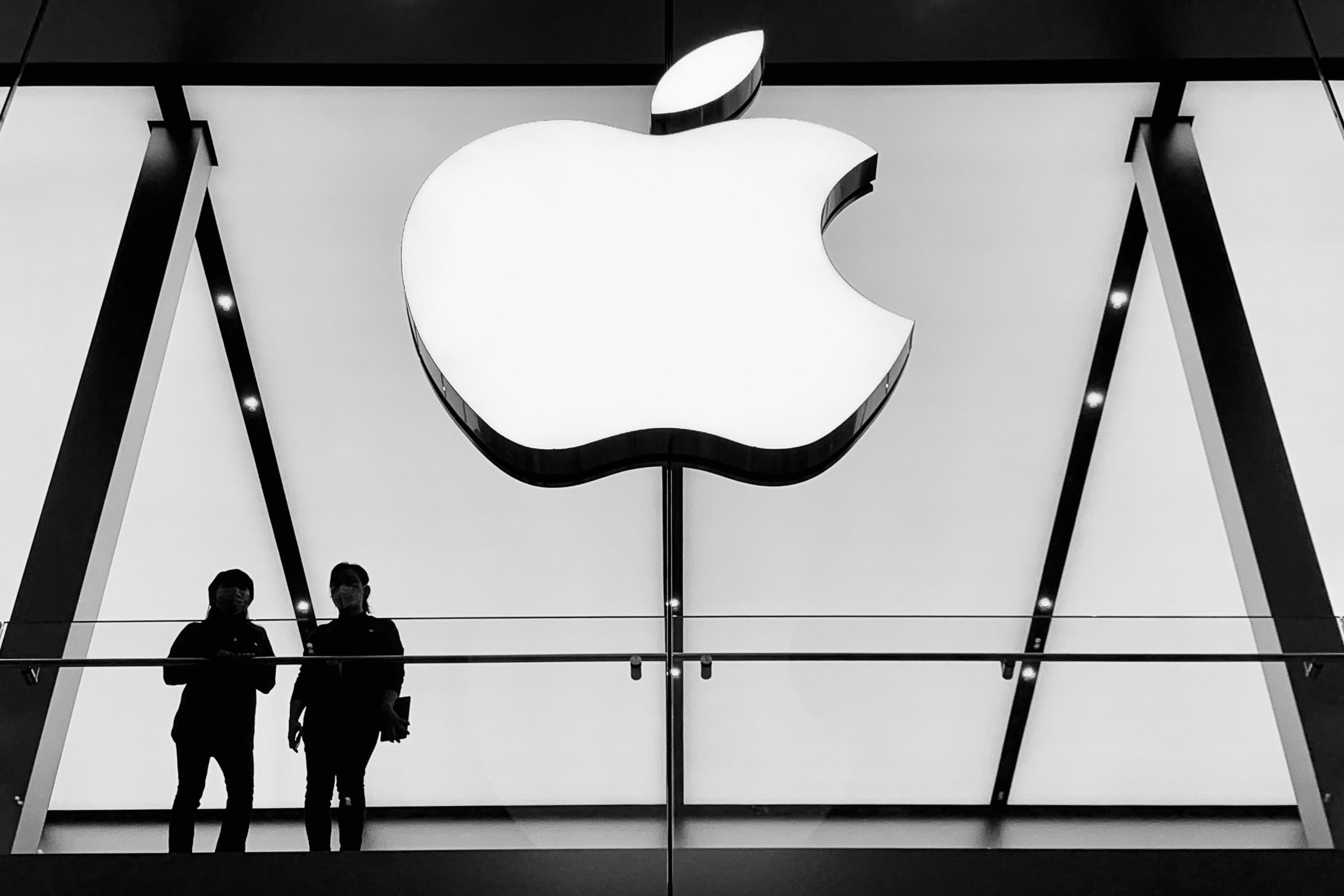
The Smaller, The Better
The recent news of Apple’s next offering, the long-awaited iPhone 12 Pro later this year, will probably have all Appleheads queuing at the stores for hours in sweet anticipation. And though I use an iPhone myself, it’s more for the decent camera and operating system than any sycophantic tendency over the brand.
Yes, the phone is good, and the marketing top-notch, but so are many of the iPhone’s competitors, too.
To your average Joe, the 4K video editing capability, 5G support and other new features Apple promises will certainly be a reason to pull out the wallet in these hard financial times of COVID-19. To those amongst us with a slighter more geekish bent, what’s impressive is the hardware inside the phone, especially the A14 Bionic chip. The amazing thing about this chip is the five-nanometre process (5nm), meaning the chip’s transistors have been greatly reduced in size to about the scale of 25 atoms wide, which allows more transistors onto the silicon, meaning more computational power. Manufactured by Taiwan Semiconductor Manufacturing Co., Ltd (TSMC), this product is truly revolutionary.
However, there’s a caveat to all this — between 7–5nm, the laws of physics start to deteriorate and are overtaken by quantum laws, those of the very small. Just to put into context, a nanometre is a billionth of a metre. Anda Mocuta, director of technology solutions and enablement at Imec, a research company for semiconductor technology and one of the largest globally, said this about the phenomenon: “Quantum effects happen in the device as soon as certain device dimensions become very small, due to scaling and its associated requirements. For example, as a consequence of gate dielectric scaling and that of the increasing electric fields within the device, the carriers in the inversion layer are no longer located at the silicon dioxide-silicon interface, but somewhere below, resulting in an increased effective dielectric thickness. This effect has existed in CMOS technologies for a while now, and it is a quantum effect. Going forward, more quantum effects are expected due to transistor-body dimension reduction, which is required to maintain electrostatics, and to gate-length reduction.”

So, as chips and the transistors on them become smaller, the problem will become bigger. Tunnelling, for instance, is one of the quantum effects that kick in at these nano-sizes. By definition, tunnelling is a mechanical phenomenon where a wave-function can propagate through a potential barrier. It was only a few years ago many experts in digital electronics, nanoelectronics, semiconductor and the digital technologies sectors thought chips of these minute sizes were impossible to produce.
Didn’t they say that about putting men on the moon in the early 1960s?
Anyway, want to know who’s behind all this groundbreaking work, and for the magnificence of the iPhone 12 Pro’s A14 Bionic chip?
You’d be surprised.
In the south-western extremities of the Dutch city of Eindhoven lies the sleepy town of Veldhoven. Like most towns and cities in the Netherlands, it’s clean, compact and serves its purpose. No one of note — accept for Jan Cornelius van Sambeek, a Catholic missionary in Africa and the politician Marius van Amelsvoort — has ever come from there. But pay no mind to that at this point, because it could be the place where true innovation arises.
ASML: Remember. The. Name.
Where fine detail meets big picture (The most important tech company you’ve never heard of)
— ASML
ASML
Founded in 1984, since then ASML has built up a global team of nearly 25,000 employees with locations in sixteen countries. According to the companies website, its “EUV and High-NA lithography will enable tomorrow’s most advanced chips. […] The company’s computational lithography solutions, [are] bringing machine learning and big data to the forefront in predicting both lithography and metrology processes with 100% accuracy [while] developing an entirely new class of e-beam inspection systems to help chipmakers control defectivity in manufacturing next-generation chip nodes.”
TSMC, the Taiwanese company that manufactures the Apple chip and the only supplier to the market, is ASML’s biggest customer.
ASML’s process of production, miraculously, uses extreme ultraviolet light (EUV) to produce the chip.
With Apple’s heavy reliance on ASML, TSMC and the Chinese sweathouses of Foxconn to build out its new product, ASML could find itself moving from an obscure character left of stage to Tim Cook’s strong partner in the industry and the don of Silicon Valley. And further, play a pivotal role in the future of quantum information science (QIS) and quantum computing (QC) industries with its ever decreasing chip sizes.

From the Liliputian 5nm onto 3nm, 2nm, and 1nm nodes and beyond to, well, the realm of where Innerspace is having one helluva party.
This could all be just conjecture, as are most things in life. Yet, with chip sizes decreasing, Apple and CEO Tim Cook must realize, as with Samsung, quantum is the way to go. Unlike its rival smart phone producer Hauwei — which has its own QC research department — Apple needs to get a grip: the technology that has stood humanity in good stead for nigh on fifty years has had its day. Cupertino’s favourite son must follow the likes of Google, Microsoft and Huawei that already have one foot in the quantum door.
Whatever the outcome, though, ASML — silent for so long — could be a much louder voice in the future.
For more market insights, check out our latest quantum computing news here.
















